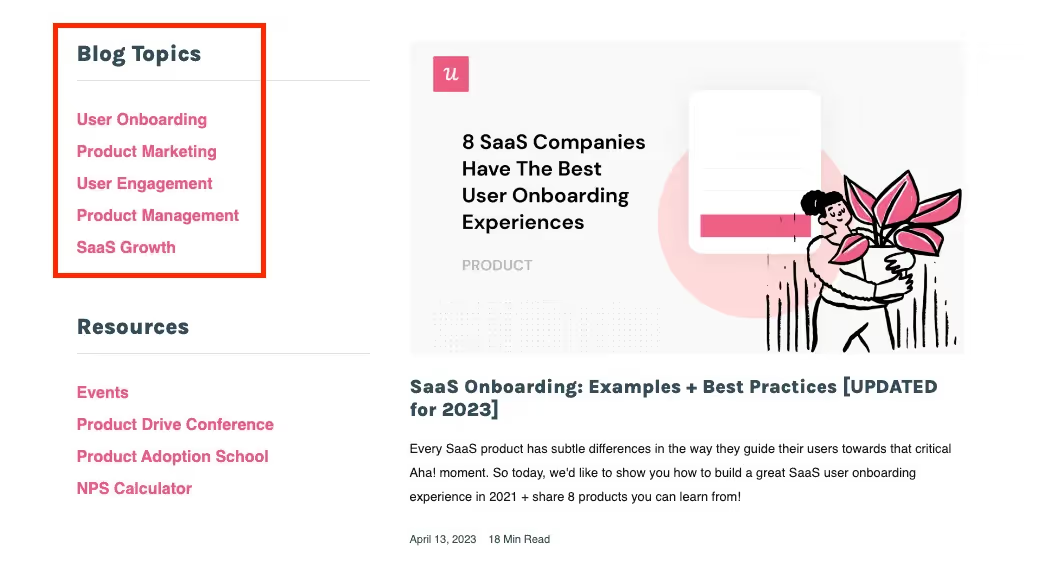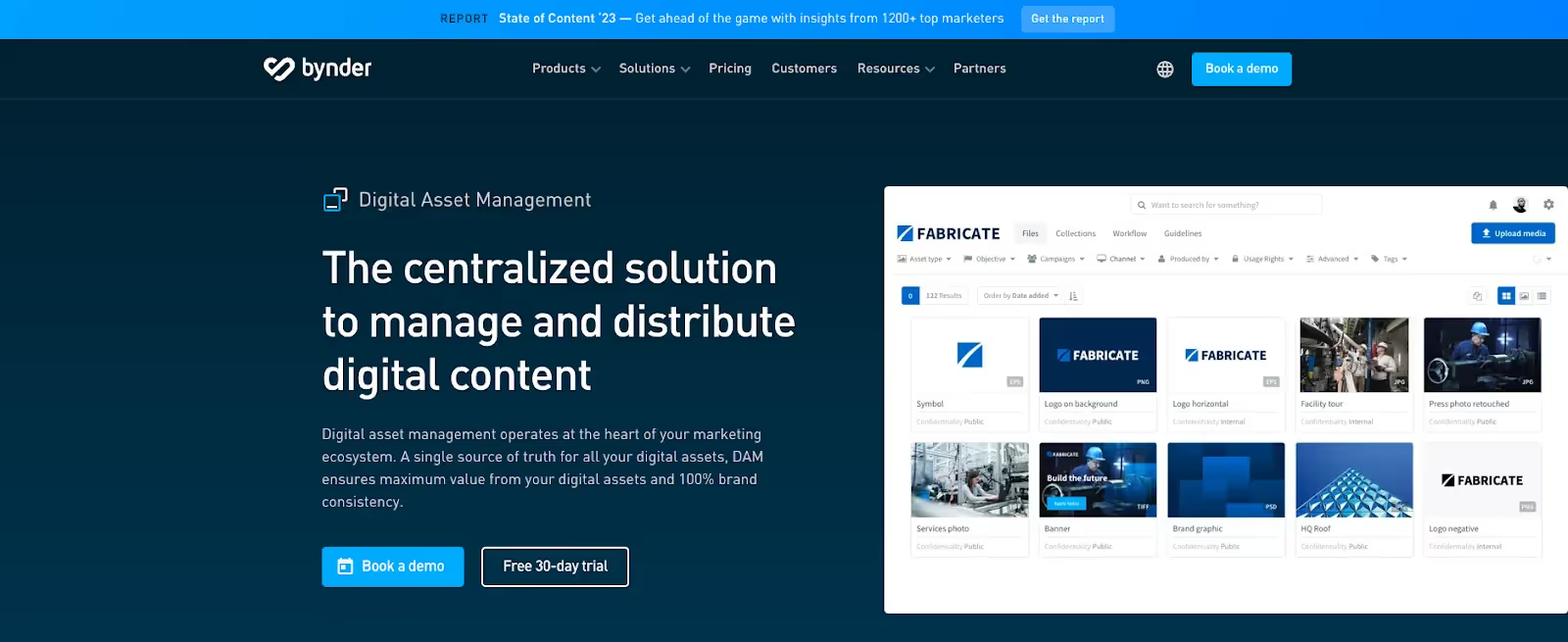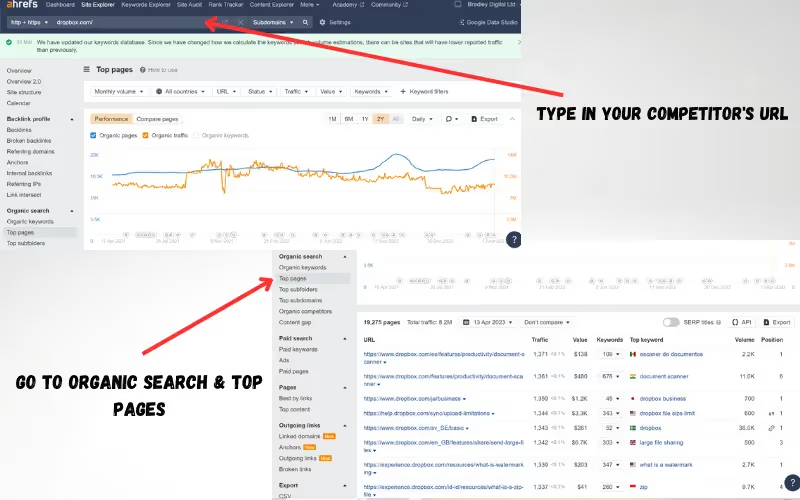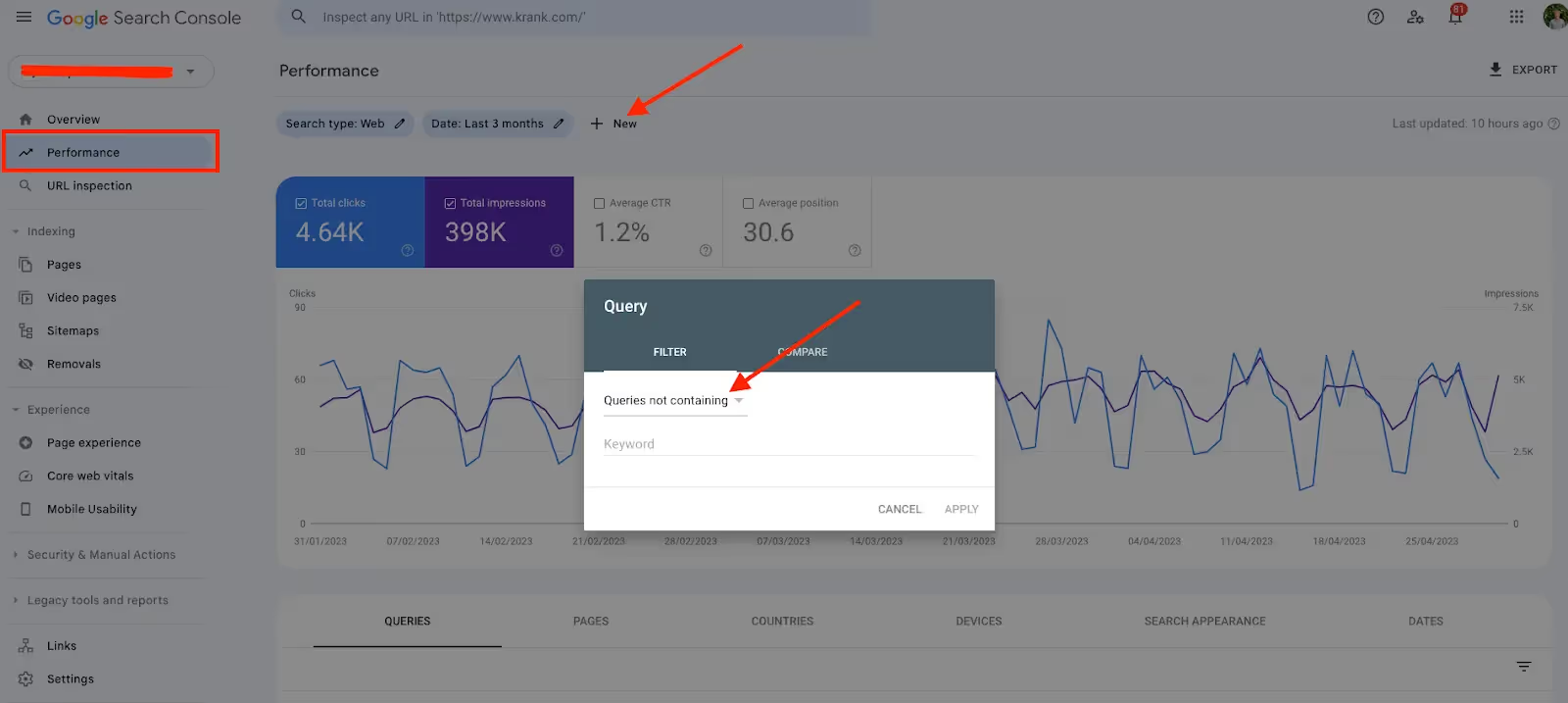SEO can be a massive growth channel for B2B SaaS companies. It’s also a big topic to get your head around, especially given how much it varies depending on the business model and sector, not to mention the mass of conflicting information online.
I am a Passionfruit freelancer who specialises in helping software companies radically scale user acquisition and revenue with SEO. Over the years, I’ve been fortunate enough to work with some incredible teams and achieve some truly game-changing results.
In this post, I’ve distilled my years of experience into six tips that will help you - a B2B SaaS marketing manager or founder - achieve meaningful growth through organic search.
But before we dive straight into the tips, let's cover the essentials!
What is B2B SaaS SEO?

B2B SaaS SEO encompasses the comprehensive optimisation of a software-as-a-service website to draw organic traffic from business users.
The primary objective is to enhance the site's visibility and ranking on search engine results pages (SERPs), which in turn boosts traffic and ultimately leads to increased conversions.
This is done by updating your website, creating content and building authority in your industry.
Why Invest in B2B SaaS SEO?
At the highest level, it’s a cost-effective way to connect with a brand-new, highly-targeted audience while they’re in research mode.
You can then leverage this connection to make them take action on your site, be it submit an enquiry or leaving an email address.
Furthermore, organic search traffic is scalable and “free”, meaning you’re not purely reliant on paid ad spend to hit those MQLs.
Still not convinced? Here are some stats:
- 43% of B2B buyers start their research with a Google search.
- 60% of marketers cite inbound marketing as their top source of high-quality leads.
- B2B buyers consume 3-7 pieces of content before speaking to a salesperson.
- 68% of all online experiences begin with a search engine.
- SEO drives 1,000%+ more traffic than organic social media.
- SEO leads have a 14.6% close rate.high-quality
Defining the role of SEO for B2B SaaS

The overarching goal of SEO in the context of a B2B SaaS website is to increase revenue by generating new customers. This can be broken down into several sub-goals, namely:
- Generating leads by appearing on the first page of search engines when people search for your product category, features, or pain points your product solves
- Building brand awareness by appearing consistently for informational queries which are closely related to your product and sector.
- Gaining mindshare and credibility by educating people with high quality content and user experiences.
B2B vs B2C
B2B SaaS campaigns are similar to B2C in many regards, with a few important distinctions:
- Lower search volume for bottom-of-funnel queries
- Longer sales cycle
- Higher average value per sale
This means you’re more likely to target low volume keywords (think as little as 10-30 searches per month). It will also be harder to neatly attribute your SEO efforts to actual sales, as conversions will likely require a number of human touchpoints before completion.
However, just one successful lead can single-handedly justify the expense of an SEO campaign a hundred times over in some cases. And that’s the magic of B2.
6 SEO Tips for B2B SaaS
Now that we’ve defined SEO and its role in the context of B2B SaaS, let’s get into the actionable tips!
1. Publish 30 Epic blog posts about your topic area

You might have heard the term ‘topical authority’ quite a lot in the SEO world and with good reason.
Topical authority in SEO refers to the level of expertise and trustworthiness a website or content creator has within a specific subject area or niche.
By consistently producing high-quality, informative, and relevant content on a particular topic, a website can establish itself as an authoritative source of information in that domain.
Search engines like Google value topical authority because it helps them deliver the most relevant and reliable results to users. Websites with strong topical authority tend to rank higher for related queries, as they are considered more credible and useful to users.
Think of it like this, if your website is a blog about cycling and you publish one article about business - it doesn't matter if that article was written by Bill Gates himself; it won’t make it anywhere near page one.
Userpilot is a great example of a SaaS website that demonstrates a clear understanding of topical relevance. By checking out their blog page, you will find that they have created at least three blog posts that specifically target each area they want their business to rank in.

This strategy not only helps them establish themselves as thought leaders but also drives traffic to their website and increases their online visibility. In fact, they have tripled their organic traffic in the last 12 months!

I like to build out my topical map in Miro to help visualise how different topics and ideas interplay with one another.
Once you’ve mapped out your topics, many tools allow you to create high-level SEO content briefs, my personal favourite being Frase.
Using Frase allows you to spy on your top competitors for a chosen keyword, see what Google is rewarding and adjust your content accordingly, from how to structure your titles to what headings to use. Frase is a godsend for SEO!
2. Create Amazing Landing Pages for Product Features
List all your product’s features in a spreadsheet, then type them into Google. Plug the top-ranking result into Ahrefs or Semrush to see if there’s a relevant keyword.
If so, consider creating a landing page for each feature
Example 1: https://www.hubspot.com/products#sales-hub
Example 2: https://www.bynder.com/en/

Here is the exact template I use to do this: SaaS Keyword Template
Note: if you’ve created a brand new type of product then this method won't work. But the good news is you’re probably already ahead of the competition in terms of SEO. This is because Google doesn’t know who to rank yet and it's likely you'll be the first one to create content for the product.
Write out all the solutions your product offers and repeat the process, if there is a relevant keyword that has search demand, then it's probably time to create an amazing optimised landing page for it!
3. Scrape competitors for content ideas
Ultimately you want to be targeting keywords your competitors haven’t thought of yet. But looking at what competitors have done can save a lot of time and also inspire tangential ideas. You can also copy their ideas and do them better.
The best way to do this is to use a tool like Ahrefs and type in your competitor's URL then go to organic research and top pages. Boom! Instant visibility into your competitors’ highest traffic-driving pages.

4. Optimise Blog User Experience

Blog user experience is criminally underrated when it comes to SEO. It not only helps your rankings (via improved engagement metrics) but presents you as a credible business.
Here 3 ways to improve your blog user experience:
- Make sure your blog is easy to read, clear fonts and short paragraphs are a must. Use visuals to make your blog more engaging. Adding images, gifs and video can vastly improve the readability of a blog post.
- Workshop compelling CTAs into your blog posts. Don’t just write, give your readers clear instructions through CTA sections.
- Add extra value through video, infographics and other elements. Always ask yourself the question: What's an unmissable value add-on you could give your potential clients?
- Clearly display the author and link to an author bio page which contains links to social profiles.
Here's an example of a well known SaaS company, that's prioritising blog user experience:

Heres 3 B2B SaaS blogs that are doing everything right when it comes to on user experience:
Example 1: https://blog.dropbox.com/
Example 2: https://www.campaignmonitor.com/blog/
Example 3: https://www.scoro.com/blog/
5. Use HARO for link (& relationship) building
Link building is the process of acquiring hyperlinks from other websites to your own website. Search engines use these links to crawl the web, discover new pages, and determine the relationships between different websites.
They are an important trust signal which has its origins in academic citations - i.e., papers with more citations are more likely to be higher quality. Sergei Brin and Larry Page applied this concept to the open web, deeming websites with more backlinks are more likely to be valuable.

There are many ways to build links (outlined in detail in this guide by Brian Dean), but one actionable and powerful tool is HARO.
HARO stands for Help A Reporter Out and it’s a great way to build relationships (which can then lead to links) with journalists and bloggers.
The concept is simple: you sign up as a source, and then receive three emails per day from journalists who are looking for quotes for articles they’re writing in your area of expertise (e.g. startups, business, remote work etc).
If you can provide an answer to their request then you are likely to get a mention which can include a link back to your website!
6. Get addicted to Google Search Console
Search Console gives you near-perfect clarity into how your website is performing when it comes to organic search presence.
You can see exactly what queries are resulting in traffic, allowing you to optimise existing content as well as discover new ideas.
If you are not using the data Search Console gives then you’re missing out on huge opportunities for growth!
(If you haven’t got it set up yet, go and do so immediately!)
You can learn a lot by filtering for different pages and queries in the Search Console interface.
One really simple but powerful tip is to filter for queries NOT containing your brand name. This will give you a much better sense of how people are discovering your site for the first time.

If you want to take it to the next level though, I’d recommend this incredible Google sheet template from an SEO consultant called Hugo Akhtari:
Google Search Console Data Analyzer TEMPLATE >
Simply make a copy of the sheet and copy paste your search console exports, et voilà! Instant actionable insights into your search data.

Final Thoughts
SEO can feel a little overwhelming at times, but the tips outlined here will massively increase your chances of success when it comes to your website.
Remember, SEO is about persistence and patience. You don't have to do it all at once! Take small steps every day and stay consistent!
Want someone like Will to help you with your SEO? Passionfruit provides high growth startups with access to the top 12% of freelance marketing talent. Fill in our contact form to find out more!







